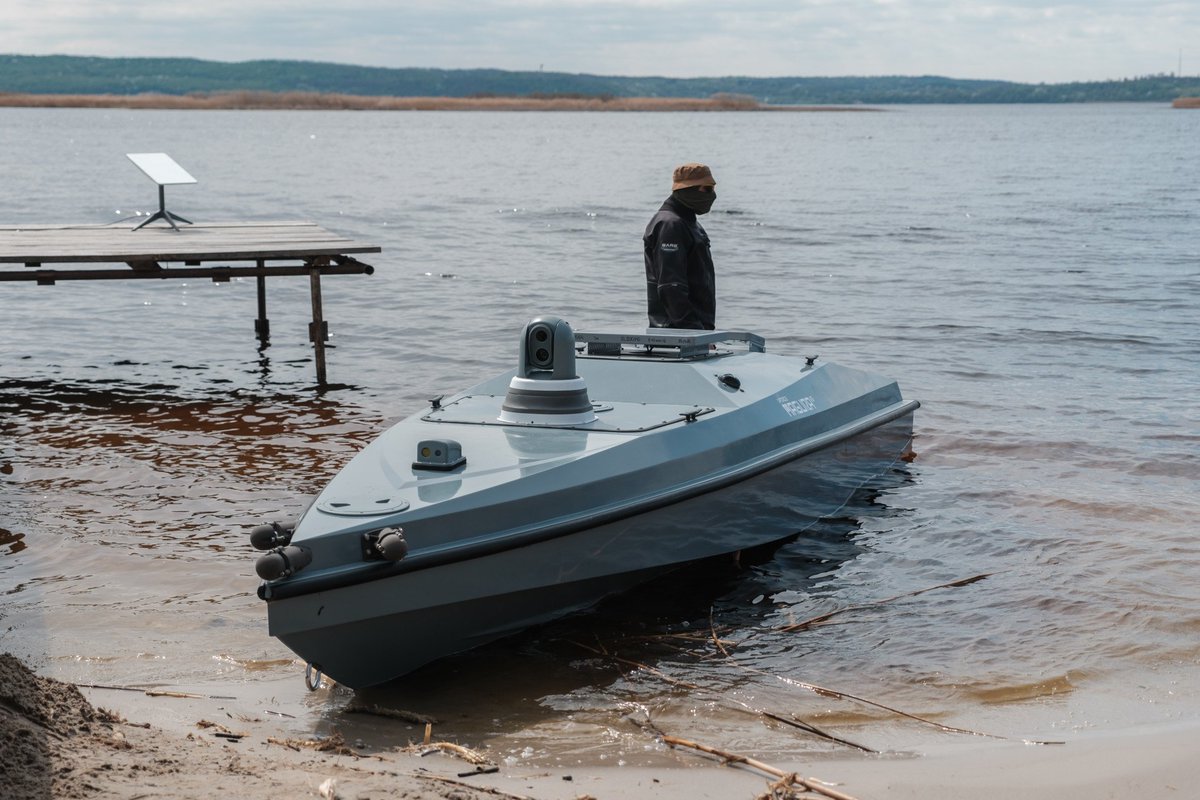🧵1/ Moscow is brainwashing Ukrainian children into delivering bombs — without telling them they will die in attacks.
This is the next phase of Moscow’s hybrid war: weaponizing children.
This is the next phase of Moscow’s hybrid war: weaponizing children.

2/ In March, two Ukrainian teenagers were recruited via Telegram to plant a bomb in Ivano-Frankivsk.
Russian agents detonated it remotely.
One boy died instantly. The other survived, badly injured.
Russian agents detonated it remotely.
One boy died instantly. The other survived, badly injured.

3/ A 15-year-old girl in Chernihiv was also targeted.
She carried a bomb disguised in a thermos — meant to explode remotely.
Luckily, Ukrainian intel swapped the real device for a fake in time.
She carried a bomb disguised in a thermos — meant to explode remotely.
Luckily, Ukrainian intel swapped the real device for a fake in time.

4/ On Valentine’s Day in Mykolaiv, a woman unknowingly delivered a bomb to a group of soldiers.
It was detonated remotely. She died, along with one other person. 8 more were injured.
It was detonated remotely. She died, along with one other person. 8 more were injured.

5/ Russia is recruiting Ukrainians — mostly teens — via Telegram and darknet forums for arson and sabotage.
The promise? Crypto payments of $600–$1,000.
None have been paid.
The promise? Crypto payments of $600–$1,000.
None have been paid.

6/ In 2024 alone, over 450 people were detained for arson attacks in Ukraine.
According to police, most were motivated by money — not ideology.
More than 20% of them were children.
According to police, most were motivated by money — not ideology.
More than 20% of them were children.

7/ To counter this, Ukraine’s SBU launched a chatbot: “Burn the FSB Agent.”
Since December, over 1,300 reports have been filed through it.
Recruitment attempts are rising, but so is public resistance.
Since December, over 1,300 reports have been filed through it.
Recruitment attempts are rising, but so is public resistance.

8/ The problem? Telegram.
70% of Ukrainians rely on it for news and air raid alerts.
But it’s also become a primary tool for Russian intelligence.
70% of Ukrainians rely on it for news and air raid alerts.
But it’s also become a primary tool for Russian intelligence.

9/ Ukraine has banned Telegram on state-issued devices, citing security risks — phishing, targeting, and espionage.
Yet the app remains embedded in daily life.
Yet the app remains embedded in daily life.
10/ The UK is already seeing spillover:
Russia-linked Telegram groups are offering crypto in exchange for mosque attacks and anti-Muslim graffiti.
Russia-linked Telegram groups are offering crypto in exchange for mosque attacks and anti-Muslim graffiti.

11/ With trained Russian spies expelled from Europe, Moscow is turning to “disposable agents” — often teens — for sabotage.
This isn’t just Ukraine’s problem anymore.
This isn’t just Ukraine’s problem anymore.

12/ Hybrid war is expanding.
The techniques being tested on Ukrainian soil will be exported — unless the West wakes up.
A bad peace deal in Ukraine won’t bring stability. It’ll bring terror to Europe’s streets.
The techniques being tested on Ukrainian soil will be exported — unless the West wakes up.
A bad peace deal in Ukraine won’t bring stability. It’ll bring terror to Europe’s streets.

• • •
Missing some Tweet in this thread? You can try to
force a refresh














